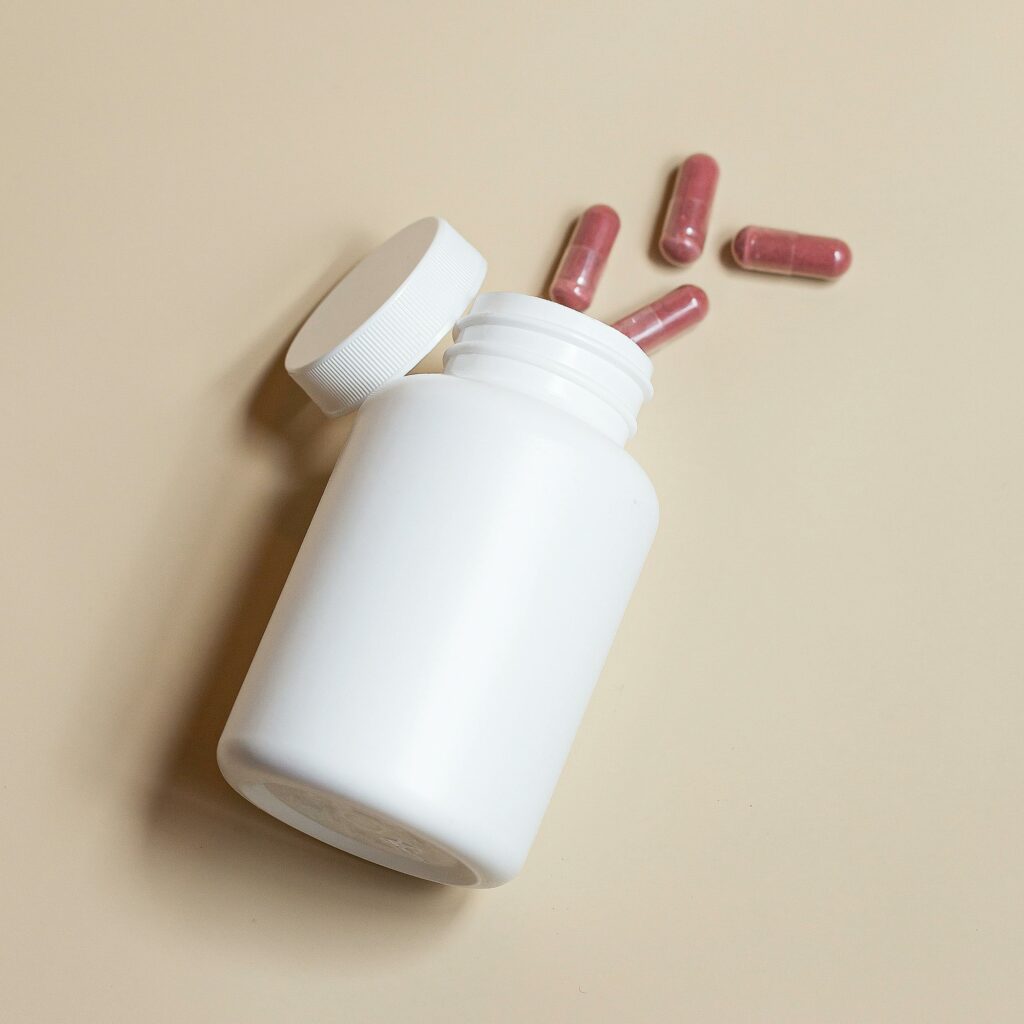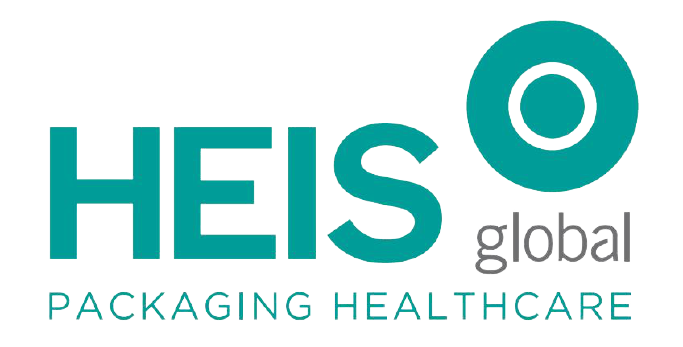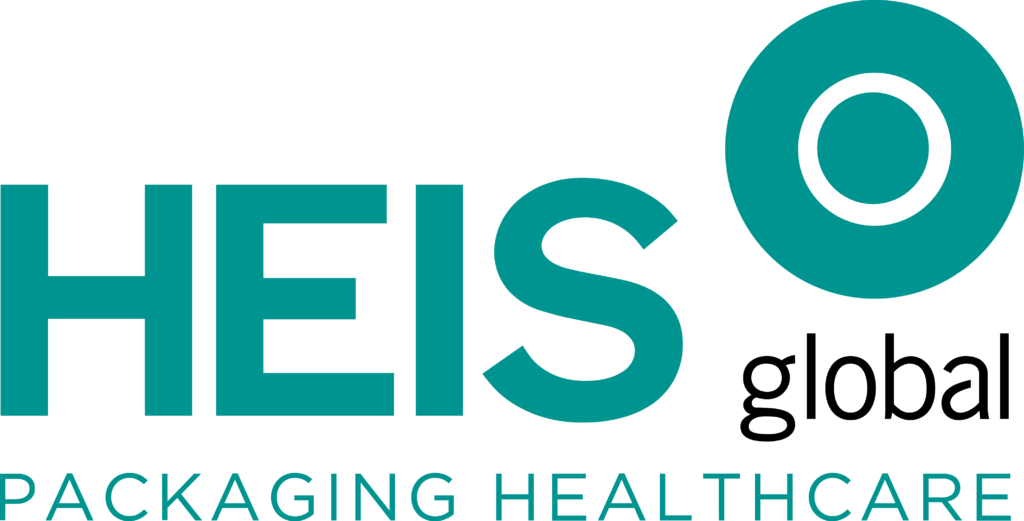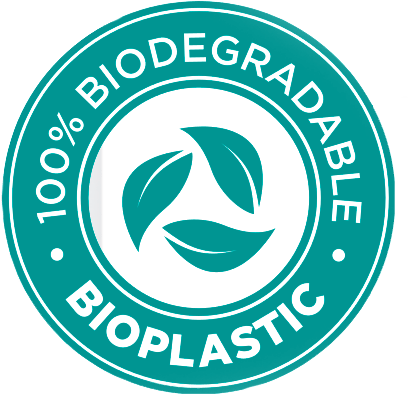
In recent years, there has been a notable shift towards sustainability in various industries, including pharmaceuticals. This shift has led to the exploration of alternative materials for packaging, with polylactic acid (PLA) emerging as a promising contender. PLA, a biodegradable and renewable polymer derived from plant sources such as corn and sugarcane, offers several advantages over traditional petroleum-based plastics. Its use in pharmaceutical packaging not only reduces environmental impact but also addresses concerns about the safety and compatibility of packaging materials with drugs. Furthermore, the integration of PLA into cleanroom manufacturing processes ensures the maintenance of stringent quality standards essential for pharmaceutical products.
Properties of PLA for Pharma Packaging
PLA possesses several properties that make it suitable for pharmaceutical packaging applications. Firstly, its biodegradability ensures minimal environmental impact compared to conventional plastics. This characteristic aligns with the growing demand for sustainable practices within the pharmaceutical industry. Additionally, PLA exhibits excellent barrier properties, protecting pharmaceutical products from moisture, oxygen, and other external factors that may compromise their efficacy. Moreover, PLA can be tailored to meet specific requirements, such as transparency for visibility of the packaged product or rigidity to ensure structural integrity.
Advantages of PLA in Pharma Packaging
The adoption of PLA in pharmaceutical packaging offers numerous advantages. One significant benefit is its biocompatibility, which ensures that the packaging material does not leach harmful substances into the drugs it contains. This is particularly crucial for sensitive pharmaceutical formulations where contamination risks must be minimized. Furthermore, PLA’s versatility allows for the creation of various packaging formats, including bottles, blister packs, and films, catering to diverse pharmaceutical products. Additionally, PLA’s compatibility with recycling processes contributes to the circular economy by reducing waste and promoting resource efficiency.
Challenges and Considerations
Despite its many benefits, the widespread adoption of PLA in pharmaceutical packaging faces certain challenges and considerations. One such challenge is the cost competitiveness of PLA compared to traditional plastics. While PLA production costs have been decreasing with advancements in technology, it still remains relatively more expensive. Moreover, concerns regarding PLA’s mechanical properties, such as brittleness and heat resistance, may limit its applicability in certain packaging formats or environmental conditions. Additionally, ensuring the purity and consistency of PLA resin for pharmaceutical use requires rigorous quality control measures throughout the manufacturing process.
Integration of PLA into Cleanroom Manufacturing
Cleanroom manufacturing plays a critical role in pharmaceutical production by providing controlled environments that minimize contamination risks. The integration of PLA into cleanroom manufacturing processes requires adherence to stringent protocols to ensure product quality and safety. This includes implementing proper cleaning and sterilization procedures for equipment and surfaces in contact with PLA materials. Additionally, personnel working in cleanroom environments must undergo specialized training to maintain cleanliness standards and prevent cross-contamination.
Quality Assurance and Regulatory Compliance
Maintaining quality assurance and regulatory compliance is paramount in pharmaceutical manufacturing, especially when adopting new materials like PLA. Manufacturers must adhere to industry standards and regulations to ensure the safety, efficacy, and integrity of pharmaceutical products. This involves conducting comprehensive risk assessments and validation studies to evaluate the suitability of PLA for specific packaging applications. Additionally, ongoing monitoring and documentation of manufacturing processes are essential to demonstrate compliance with regulatory requirements.
Conclusion: Embracing Sustainable Solutions in Pharma Packaging
The adoption of PLA in pharmaceutical packaging and its integration into cleanroom manufacturing processes represent significant steps towards achieving sustainability goals within the pharmaceutical industry. By leveraging the unique properties of PLA, pharmaceutical companies can reduce their environmental footprint while maintaining the safety and quality of their products. However, addressing challenges such as cost competitiveness and mechanical properties requires ongoing research and innovation. With continued efforts and collaboration across the industry, PLA stands poised to play a pivotal role in shaping the future of pharmaceutical packaging towards a more sustainable and environmentally conscious approach.


